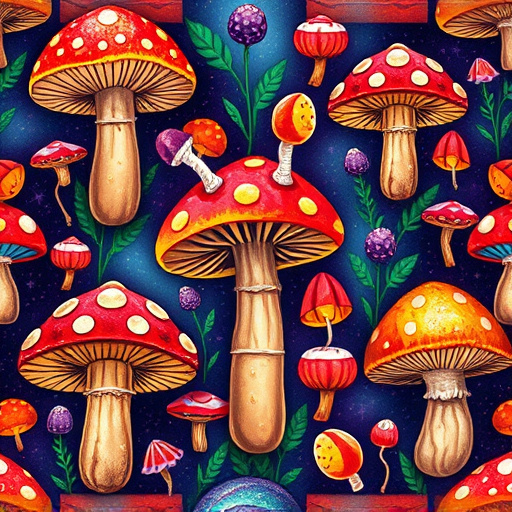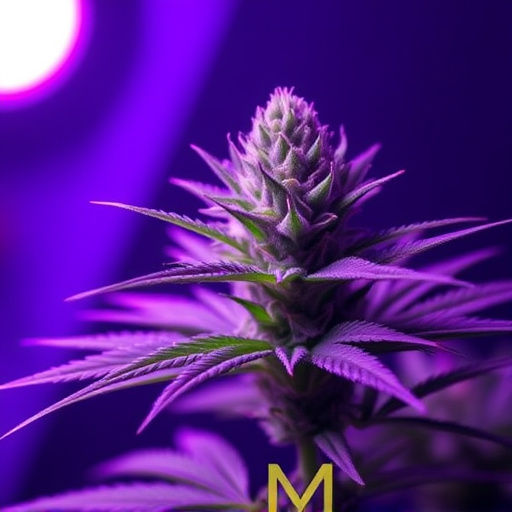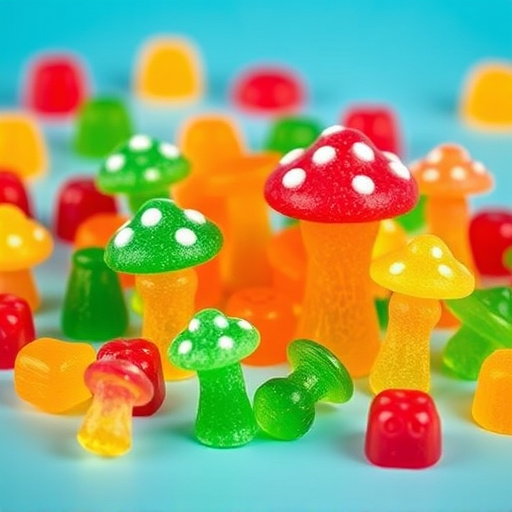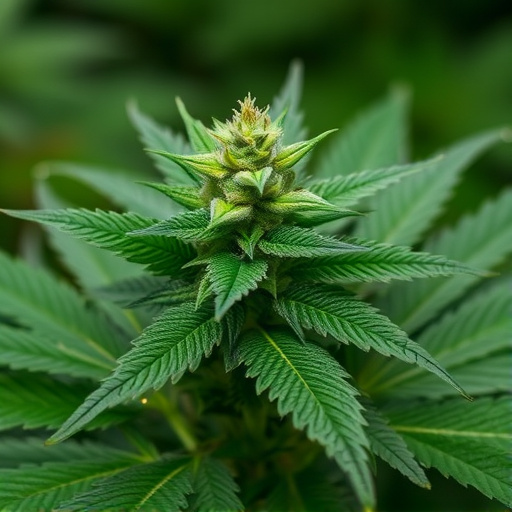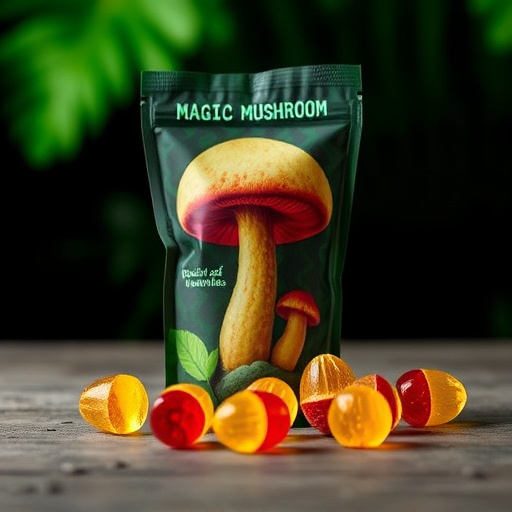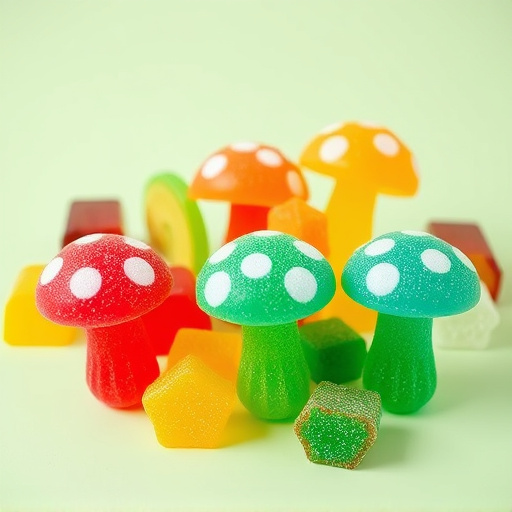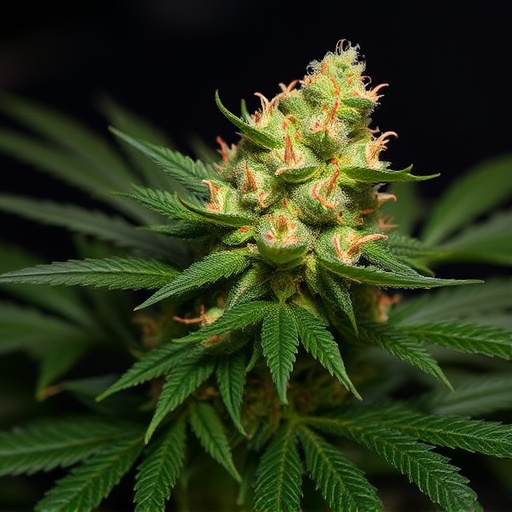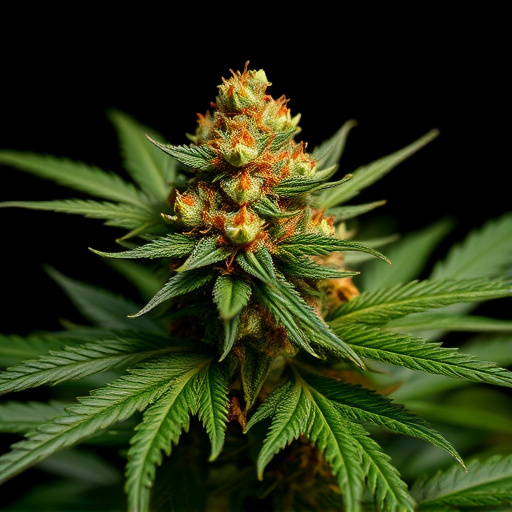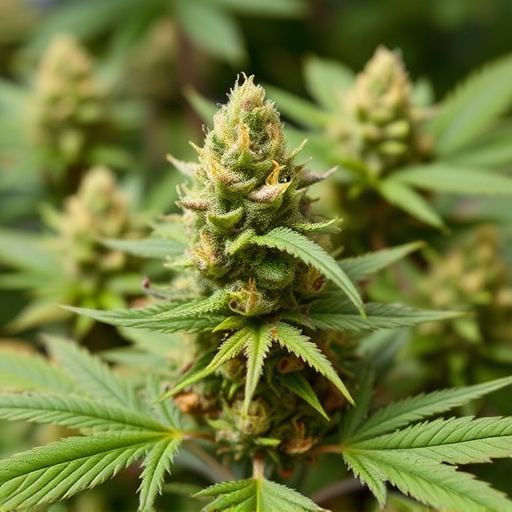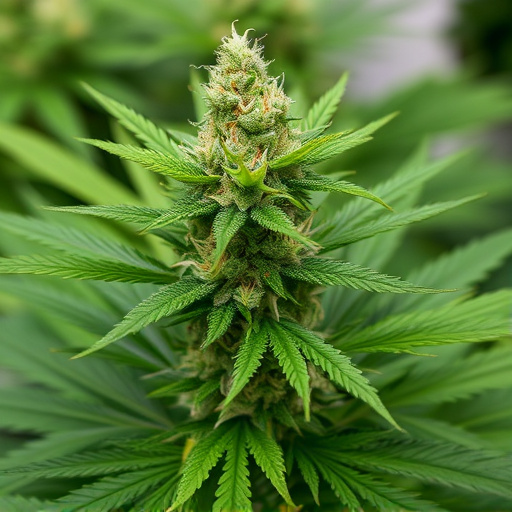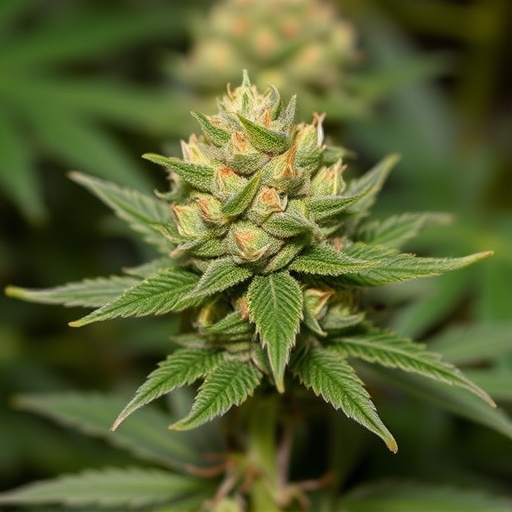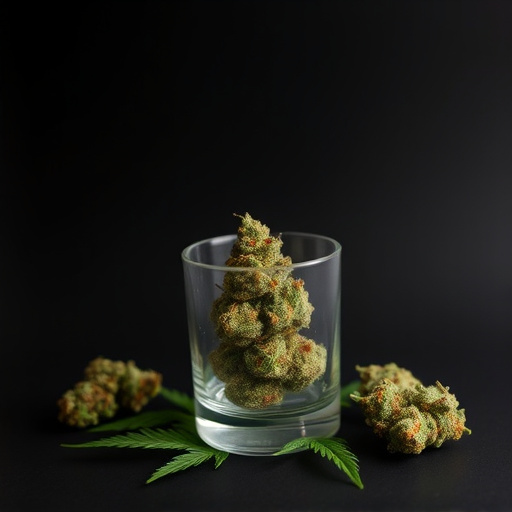The "munchies," driven by cannabinoids like THC and CBD in cannabis flower, stimulate hunger through interactions with the endocannabinoid system (ECS). High-THC strains, such as Girl Scout Cookies, intensify appetite, while balanced profiles like Blue Dream offer mild yet effective stimulation along with anxiety relief. This understanding holds therapeutic potential for conditions like anorexia or weight loss, highlighting the significance of exploring specific cannabis cup strains tailored to individual needs.
Cannabis has long been associated with an increased appetite, a phenomenon often referred to as “munchies.” This isn’t just a popular myth; it’s backed by scientific research. In this article, we’ll explore the intricate connection between cannabis and hunger, delving into the role of cannabinoids in triggering appetite and shedding light on popular cannabis cup strains known for enhancing culinary cravings. By understanding these mechanisms, users can make informed choices to maximize their enjoyment and potential therapeutic benefits.
- Understanding the Cannabis-Appetite Connection
- The Role of Cannabinoids in Triggering Hunger
- Exploring Popular Cannabis Cup Strains for Enhanced Appetite
Understanding the Cannabis-Appetite Connection
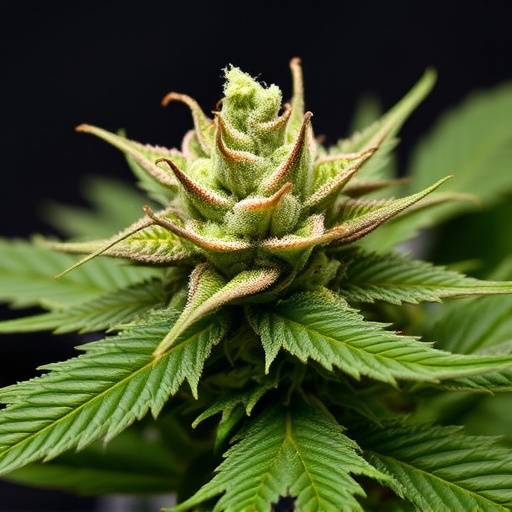
Cannabis’ effect on appetite is a well-documented phenomenon, often referred to as the “munchies.” The connection between cannabis and hunger has been a topic of interest for both scientists and users alike. When someone consumes cannabis, particularly specific strains known for their high THC content, like those winning top prizes at cannabis cup competitions, it triggers various chemical reactions in the body. One key player in this interaction is the endocannabinoid system (ECS), which regulates numerous physiological processes, including appetite.
THC, the primary psychoactive compound in cannabis, binds to receptors in the ECS, specifically CB1 receptors located in the brain and other organs. This binding can lead to increased hunger sensations by stimulating areas of the brain associated with food intake and reward. Different strains may have varying levels of THC and other cannabinoids, which can influence the intensity and nature of the appetite-inducing effect. Understanding this connection offers insights into why cannabis users often report elevated cravings for food after consumption.
The Role of Cannabinoids in Triggering Hunger
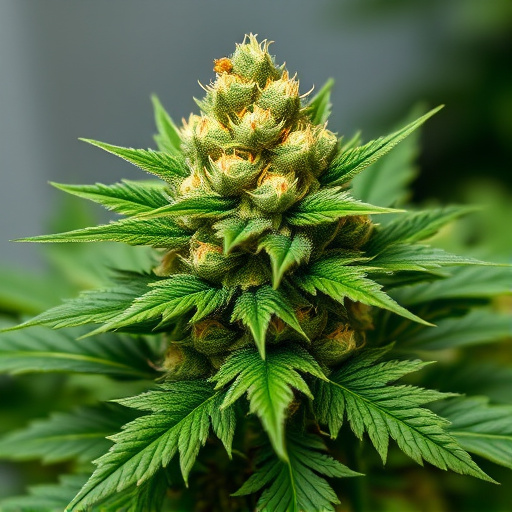
Cannabis flower’s ability to stimulate appetite is a well-documented phenomenon, often referredring to as “munchies.” This effect is primarily attributed to cannabinoids, notably tetrahydrocannabinol (THC) and cannabidiol (CBD). These compounds interact with the endocannabinoid system (ECS), which plays a crucial role in regulating hunger and satiety. When consumed, THC binds to CB1 receptors in the brain, particularly in areas associated with appetite control, leading to increased hunger and cravings.
Among various cannabis cup strains known for their potent effects, those with higher THC content tend to evoke this strong hunger response. CBD, on the other hand, has been shown to modulate THC’s impact, potentially reducing some of the intense appetite-related side effects. Understanding these cannabinoids’ roles offers insights into why cannabis can trigger hunger and provides a foundation for exploring its potential therapeutic uses in conditions marked by anorexia or weight loss.
Exploring Popular Cannabis Cup Strains for Enhanced Appetite
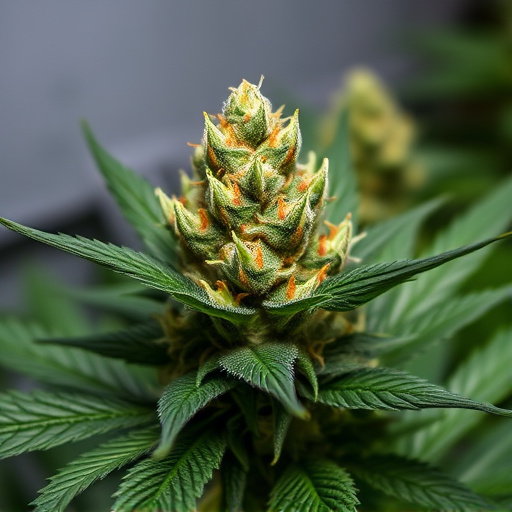
When it comes to exploring popular cannabis cup strains known for enhancing appetite, several varieties have garnered attention for their unique combinations of terpenes and cannabinoids. Strains like Girl Scout Cookies, known for its high THC content and distinct aroma, are renowned for triggering significant hunger pangs. The sweet, cookie-like fragrance is not just appealing; it’s also a hint at the strain’s potential to stimulate appetite, making it a popular choice among medical users looking to combat conditions that cause eating difficulties.
Another notable cannabis cup strain, Blue Dream, stands out for its balanced profile of THC and CBD. This equilibrium offers a pleasant high while potentially reducing anxiety, making it ideal for those seeking an appetite-boosting effect without the overwhelming intensity. Its fruity, floral notes not only provide a delightful sensory experience but also contribute to its reputation as a go-to strain for enhancing hunger, especially during meals or when dealing with weight-related issues.
Cannabis’ impact on appetite is a complex interplay between cannabinoids and our body’s natural systems. While further research is needed, understanding this connection can help users make informed choices. Exploring specific cannabis cup strains known for their appetite-stimulating properties can be a game-changer for those looking to enhance their culinary experiences. Remember that, in today’s world, navigating these options responsibly and with knowledge is key.
